Dive Into Deep Learning?—?Part 3
Mlearning.ai
MARCH 7, 2023
Dive Into Deep Learning — Part 3 In this part, I will summarize section 3.6 Dive Into Deep Learning — Part 2 Dive Into Deep Learning — Part1 Generalization The authors give an example of students who prepare for an exam, student 1 memorizes the past exams questions and student 2 discovers patterns in the questions, if the exam is 1.




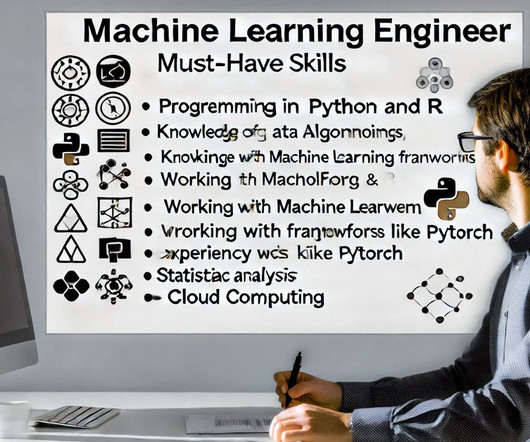
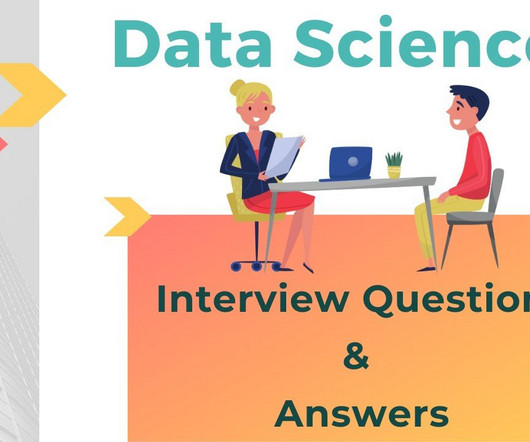
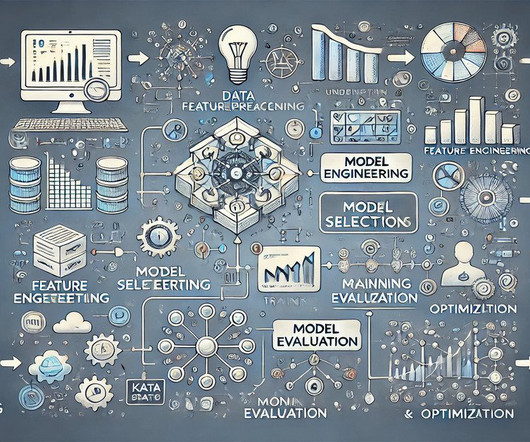
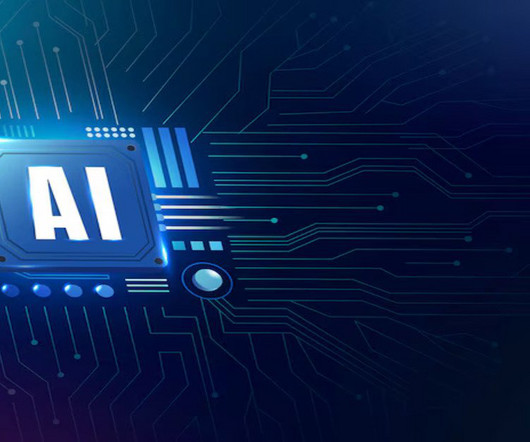
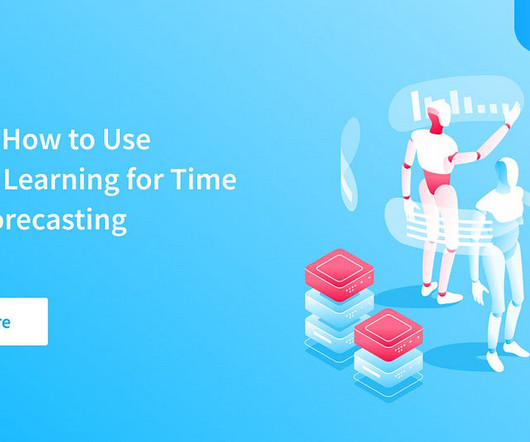
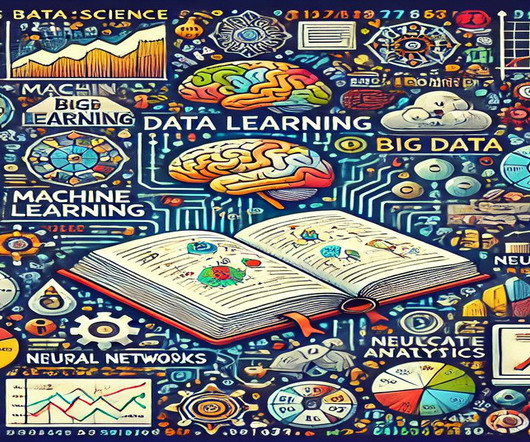
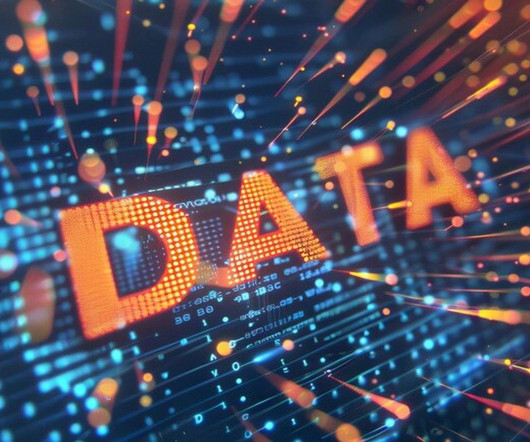

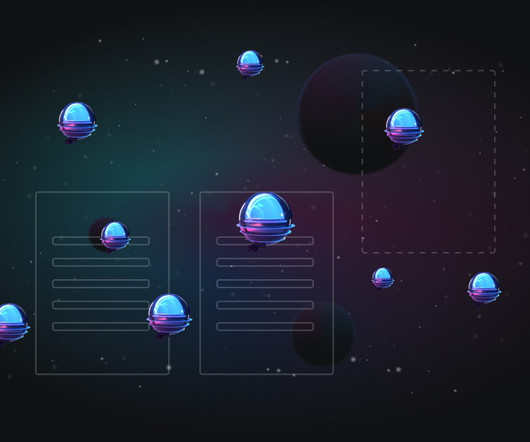
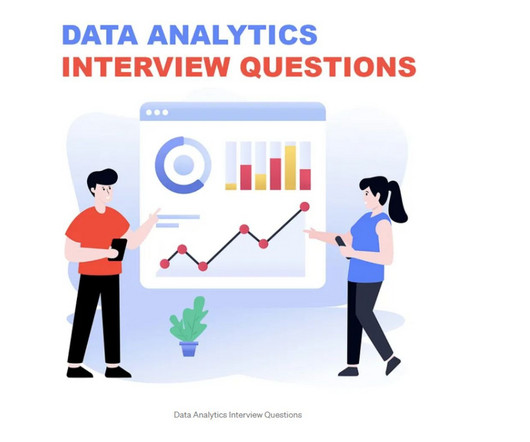
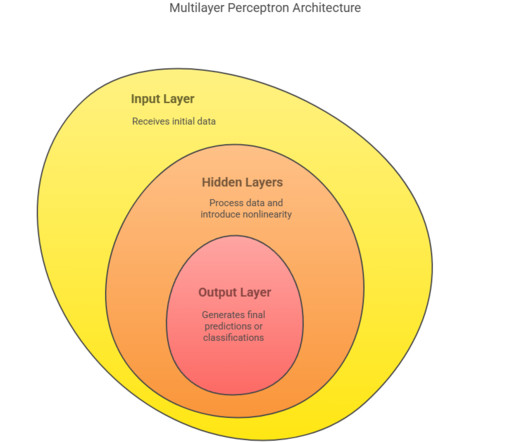






Let's personalize your content